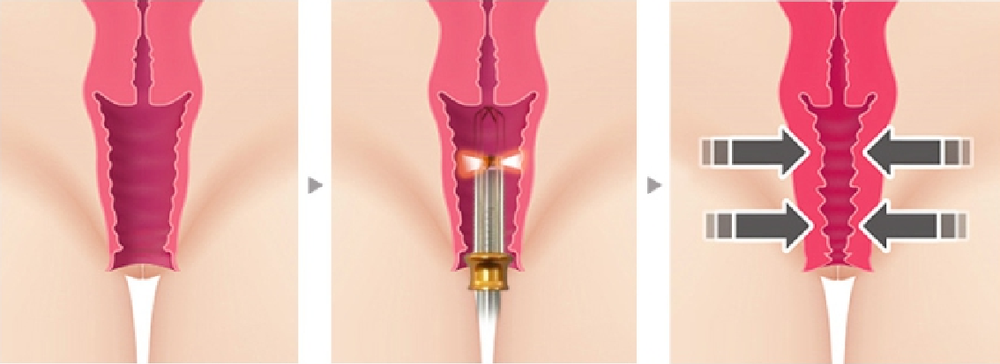
If you have chronic migraine headaches and cannot take other medications, you may be wondering: can you use Aimovig and Botox together? This article will provide information about the proper use of these drugs and how to avoid any side effects. Botox is also supported by the American Academy of Neurology. In fact, the two drugs are recommended to treat migraine headaches together. They can also cause severe side effects.
Side effects of Aimovig
Although botox and Aimovig have not been directly compared in clinical trials, both medications have shown promise in treating chronic migraine headaches. After three months, 40% patients with chronic migraine had fewer headache days. Botox reduced headache days in 24 weeks by an average of 9.2 days a month compared with nonusers. Both are brand names but not available in generic form.
While the side effects of Aimovig and botosx are usually minor, serious complications may occur. Although side effects of Aimovig and botosx are not common, serious reactions can occur. You should call your doctor immediately if there is a concern. For example, if you have high blood pressure, you may experience an increase in pressure while taking Aimovig. This may be a sign that your doctor has recommended a different medication or alternative treatment.

Side effects of Botox
It is possible to wonder what to expect when you are using aimovig. Botox is an injection that is given to patients in the doctor's office once every 12 weeks. The procedure consists of 31 tiny injections. Botox and Aimovig have different side effects, but they work in the same way. Botox injections might be helpful if you suffer from migraines.
There are few side effects associated with botox injections, but the potential for muscle weakness, eyelid ptosis, and neck pain is real. Although these side effects typically disappear within a few days, they can affect compliance. Botox treatments require regular injections, which are required every 12 weeks. The injections may be painful and will require a cold compress to last for several days.
Side effects of the CGRP mAbs
While there were some side effects reported from CGRP inhibitors in clinical trials, they weren't widespread. Many patients were also affected by other inflammatory comorbidities. Some even experienced an unexpected aggravation of an already existing disease. Some patients were identified as being 'at high risk' but it remains unclear if they are. There is not enough information on drug-drug interactions between CGRP inhibitions and other inflammatory comorbidities, so we recommend a cautious approach. Physician awareness of this risk group is essential to ensure safety of CGRP inhibitors, and patient registries are needed to identify patients at risk.
CGRP Abs cause severe flares and arthritis. Psoriasis and psoriatic arthritis are both characterized by distinct phases of inflammation. The initiating phase is when keratinocytes release antimicrobial peptides which stimulate plasmacytoid and dendritic cell growth. These peptides stimulate myeloid cells to develop and differentiate into TH1 or TH17 cells. Activated myeloid cell dendritics migrate to lymph nodes and increase inflammation.

Combination therapy has side effects
Botox is a prescription drug used to treat migraine headaches. Aimovig is an intramuscular injection given once every 12 weeks. These medications both have similar side effects. Combining them can lead to serious side effects. To determine if you would benefit from any of these combinations, consult your doctor. You should also learn about the risks involved with each treatment.
Botox, an FDA-approved treatment to treat migraines, is available for adults. It requires at minimum 31 injections. Each three months, it is repeated. Although the treatment has few side effects, it can cause temporary muscle weakness and reduce patient compliance. It affects the release neurotransmitters like CGRP. There is a possibility of muscle weakness if botox is combined.